Lost Cities of the Ancient World- What Archaeologists Have Discovered

Lost Cities of the Ancient World: What Archaeologists Have Discovered
Throughout history, entire cities have risen, thrived, and then vanished from sight. Some were buried by natural disasters, others abandoned after wars, and a few faded away so completely that they became legend. For centuries, people told stories of lost civilizations hidden beneath the sands or swallowed by the jungle. Today, archaeologists have uncovered many of these forgotten places, piecing together the lives of the people who built them. The discoveries reveal that while cities may fall, their stories endure.
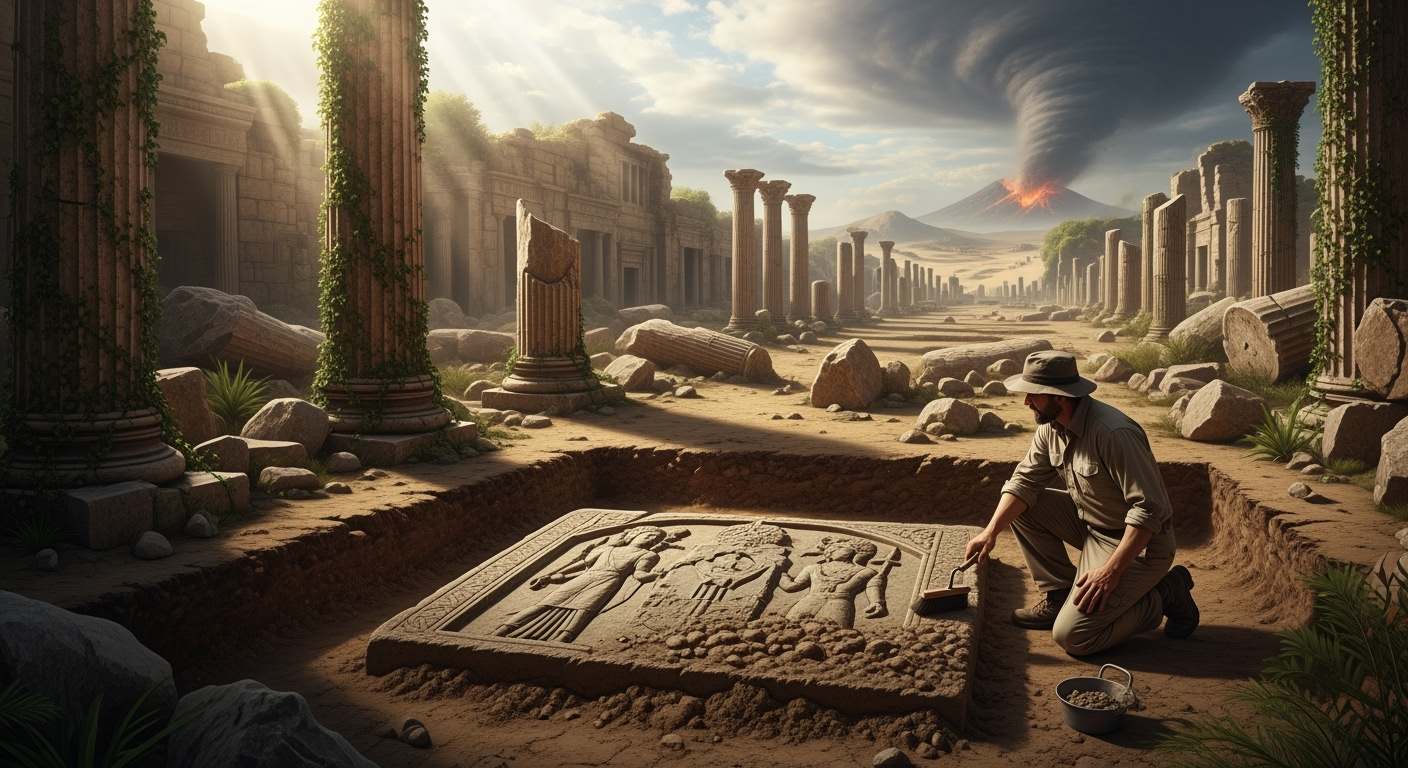
Pompeii: Life Frozen in Time
Few discoveries capture the imagination like Pompeii, the Roman city buried by Mount Vesuvius in 79 CE. When the volcano erupted, ash and pumice rained down, entombing the city almost instantly. For centuries, Pompeii was forgotten, hidden beneath layers of hardened volcanic debris.
When excavations began in the 18th century, archaeologists found a city preserved like a snapshot of Roman life. Streets, villas, temples, and even graffiti on walls remained intact. Plaster casts of victims, made by filling voids left in the ash, revealed the haunting positions of people caught in their final moments.
Pompeii provides unparalleled insight into daily life. Archaeologists discovered bakeries with carbonized loaves still in ovens, taverns with painted menus, and luxurious homes with elaborate frescoes. Through Pompeii, the world glimpses not just Rome’s grandeur but the ordinary routines of its citizens, preserved by tragedy.
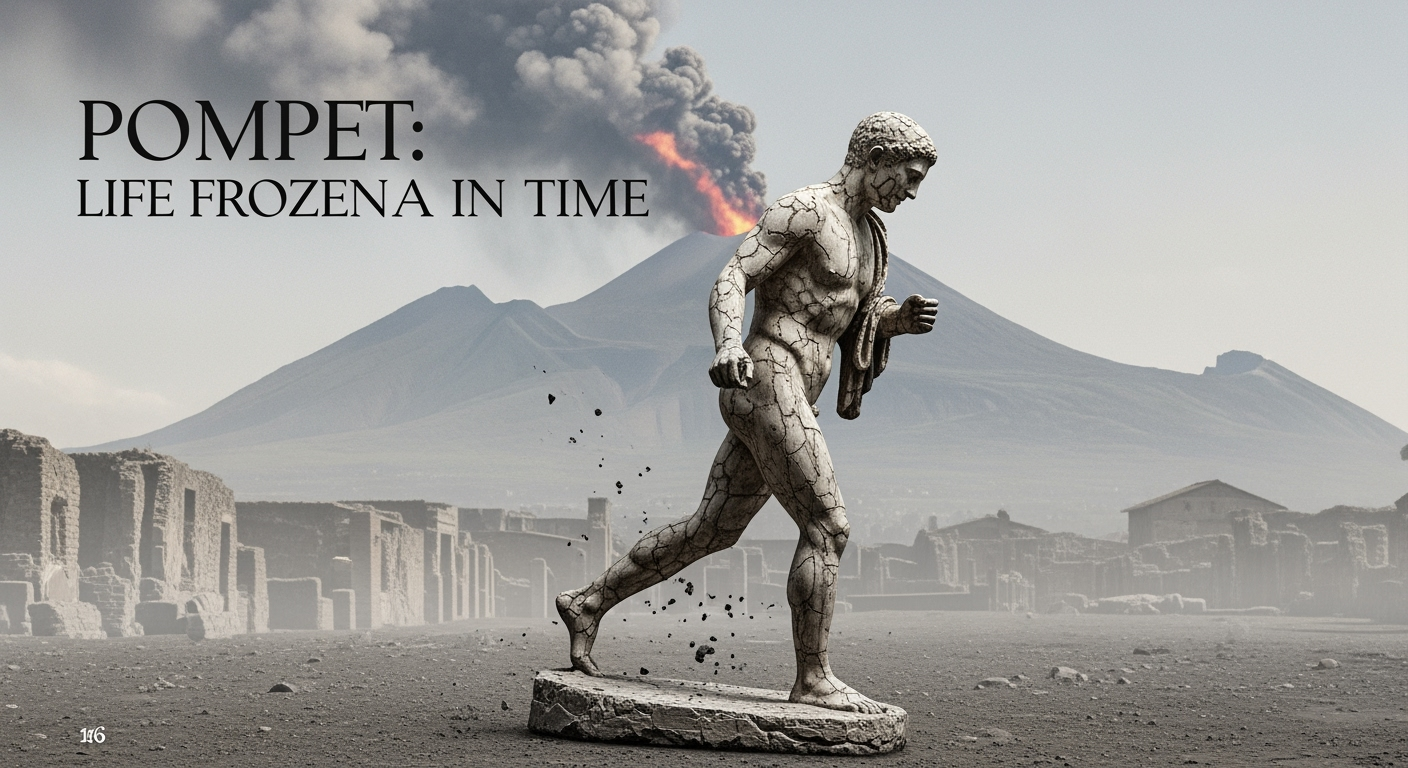
Machu Picchu: The Inca ’ s Hidden Sanctuary
High in the Peruvian Andes lies Machu Picchu, the “Lost City of the Incas.” Built in the 15th century under Emperor Pachacuti, this breathtaking site remained unknown to the outside world until 1911, when American explorer Hiram Bingham brought it to international attention.
Perched on a ridge nearly 8,000 feet above sea level, Machu Picchu is a marvel of engineering. Its terraces prevent erosion, its stone buildings fit together so precisely that even a knife blade cannot slip between them, and its alignment with the sun reflects the Inca’s astronomical knowledge.
Though scholars debate its exact purpose, many believe Machu Picchu was a royal estate or ceremonial site. The Spanish conquistadors never found it, which helped preserve it from destruction. Today, it stands as a symbol of Inca ingenuity and resilience, drawing millions of visitors each year.
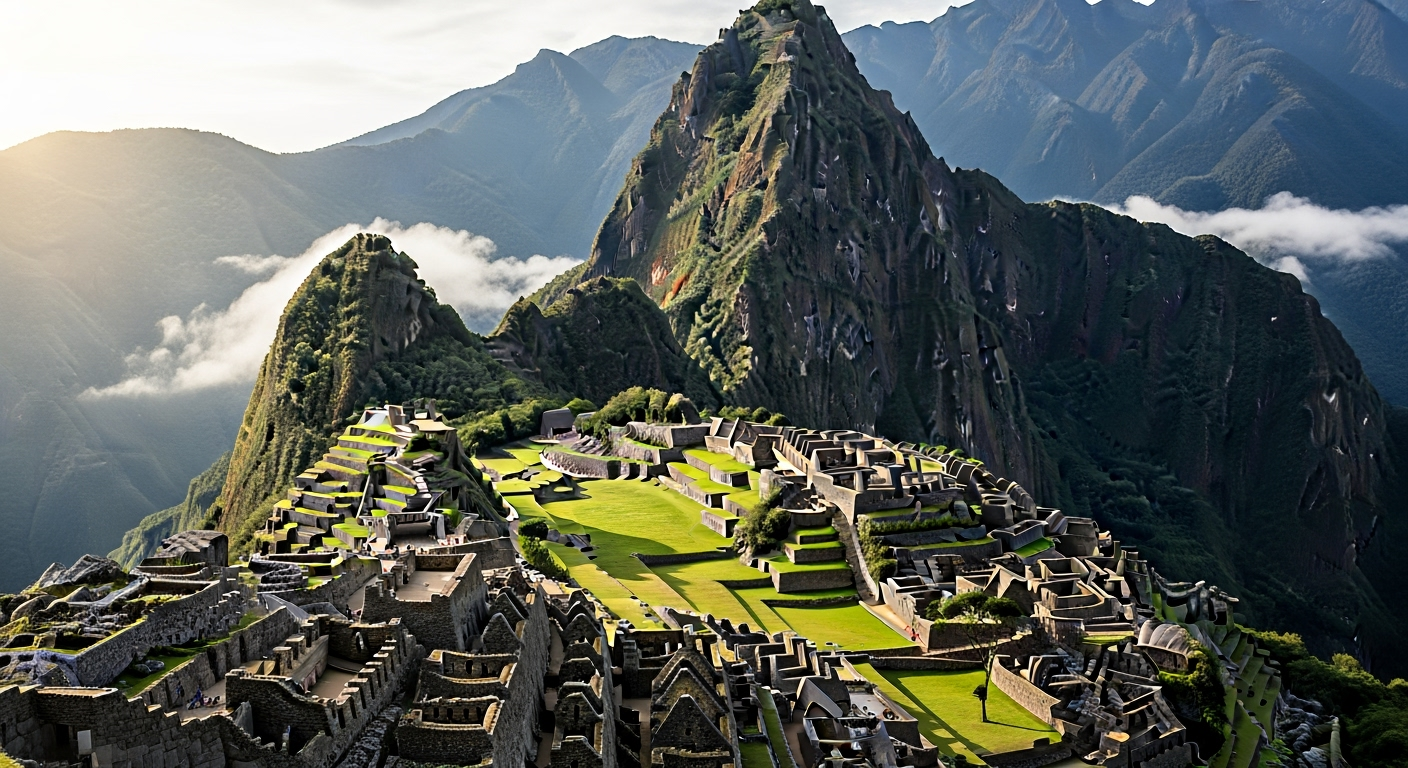
Angkor: The Lost City in the Jungle
In Cambodia, the sprawling ruins of Angkor once formed the heart of the Khmer Empire, which flourished between the 9th and 15th centuries. At its peak, Angkor was among the largest cities in the world, covering more than 400 square miles. Its most famous temple, Angkor Wat, remains one of the greatest architectural achievements in history.
Yet by the 15th century, Angkor was largely abandoned. Historians point to a combination of factors: war with neighboring states, internal strife, and environmental changes that disrupted its complex water management system. For centuries, the jungle reclaimed the city, its temples swallowed by roots and vines.
When French explorers encountered Angkor in the 19th century, it seemed almost mythical. Modern archaeology, including satellite imagery, has revealed just how vast and advanced the city was. The rediscovery of Angkor transformed understanding of Southeast Asia’s past and demonstrated how environmental shifts can topple even the mightiest powers.
Petra: The Rose-Red City
Carved into the cliffs of southern Jordan, Petra is often called the “Rose-Red City” for the color of its sandstone. Founded by the Nabataeans around the 4th century BCE, Petra became a wealthy trading hub, linking caravans carrying spices, silk, and incense between Arabia, Egypt, and the Mediterranean.
Petra’s most famous monument, Al-Khazneh, or “The Treasury,” dazzles with its ornate façade cut directly into the rock face. Temples, tombs, and an amphitheater reveal the city’s grandeur. Ingenious water systems sustained life in the arid desert, allowing Petra to thrive for centuries.
After trade routes shifted and an earthquake damaged the city, Petra declined. By the Middle Ages, it had been largely forgotten outside of local Bedouin communities. In 1812, Swiss explorer Johann Ludwig Burckhardt reintroduced it to the Western world. Today, Petra is both a symbol of ancient craftsmanship and a reminder of how trade shaped civilizations.

Ç atalh ö y ü k: A Neolithic Mystery
Long before the rise of pharaohs or emperors, people in Anatolia (modern-day Turkey) built one of the world’s earliest cities: Çatalhöyük. Flourishing around 7500 BCE, this Neolithic settlement housed thousands of people in mudbrick homes clustered so tightly that residents moved across rooftops and entered their houses through holes in the ceiling.
Excavations reveal a community rich in art and ritual. Walls were painted with hunting scenes, while figurines and shrines suggest a complex spiritual life. Burials beneath the floors of homes indicate strong connections between the living and the dead.
Unlike later cities, Çatalhöyük lacked palaces, temples, or clear social hierarchies. Its discovery challenges assumptions about the origins of urban life, showing that communities could flourish without kings or monumental architecture.
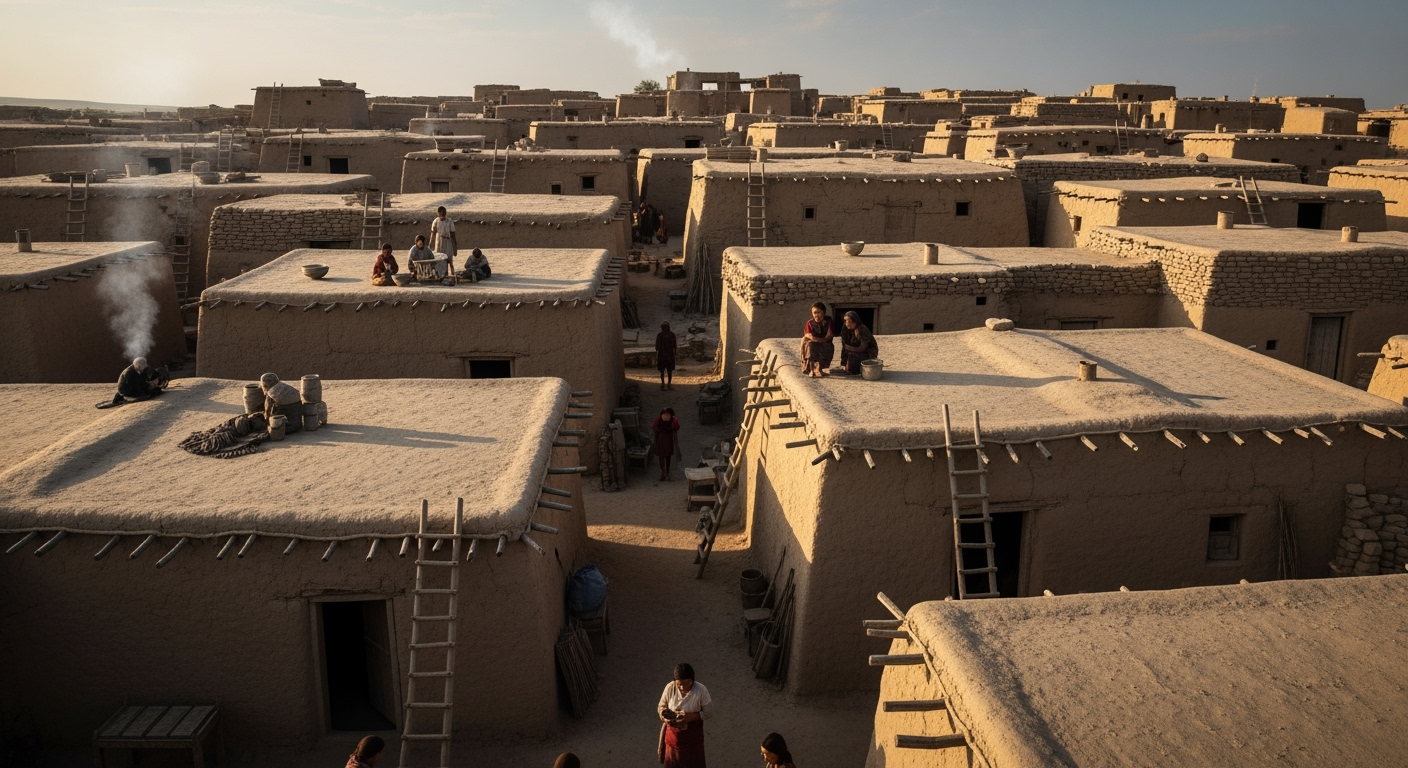
Tikal: The Maya ’ s Hidden Capital
Deep in the rainforests of Guatemala, the ancient city of Tikal rose as a major center of the Maya civilization. Between 200 and 900 CE, it was home to tens of thousands of people, dominated by towering pyramids, palaces, and ceremonial plazas.
Tikal was both a political and spiritual hub, its rulers waging wars and conducting rituals to honor the gods. Hieroglyphic inscriptions reveal dynastic struggles, alliances, and defeats. Yet around the 10th century, Tikal was abandoned, part of the wider “Maya collapse” that saw many cities fall into decline.
For centuries, the jungle concealed Tikal’s ruins, until explorers began documenting them in the 19th century. Archaeological work continues today, with new discoveries made using LiDAR technology, which maps hidden structures beneath dense vegetation. Tikal’s rediscovery has illuminated the complexity and resilience of Maya civilization.
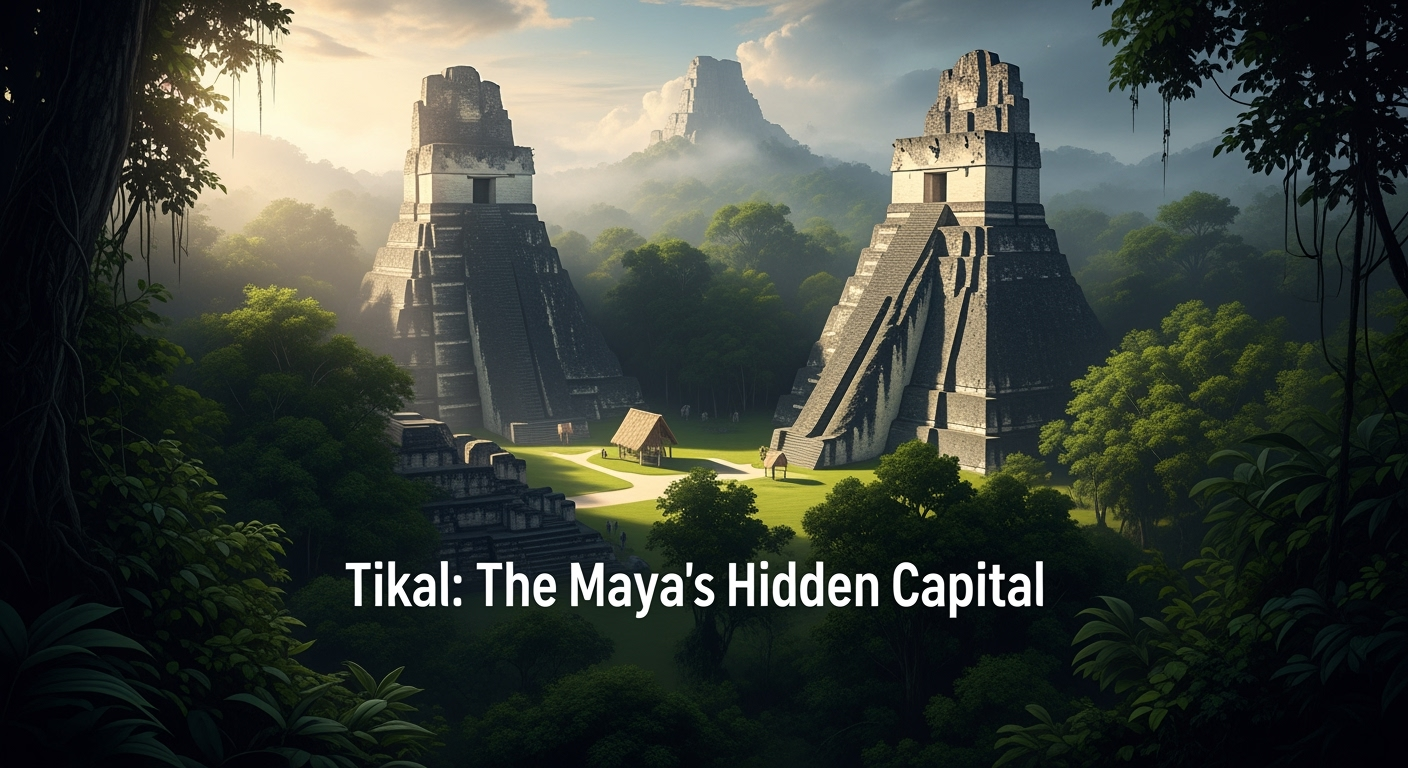
Mohenjo-Daro: The Indus Valley Enigma
In modern-day Pakistan, the ruins of Mohenjo-Daro reveal the sophistication of the Indus Valley Civilization, which thrived around 2500 BCE. Unlike many ancient cities, Mohenjo-Daro featured planned streets laid out in a grid, advanced drainage systems, and standardized bricks. Its “Great Bath” suggests ritual practices, while artifacts point to vibrant trade networks.
Strikingly, archaeologists have found little evidence of palaces or large temples, hinting at a society organized differently from those in Mesopotamia or Egypt. Despite its achievements, Mohenjo-Daro declined around 1900 BCE, possibly due to climate change, river shifts, or other environmental pressures.
For centuries, the city lay buried beneath dust and earth until rediscovered in the 1920s. Its ruins raise as many questions as they answer, leaving much of the Indus civilization shrouded in mystery.
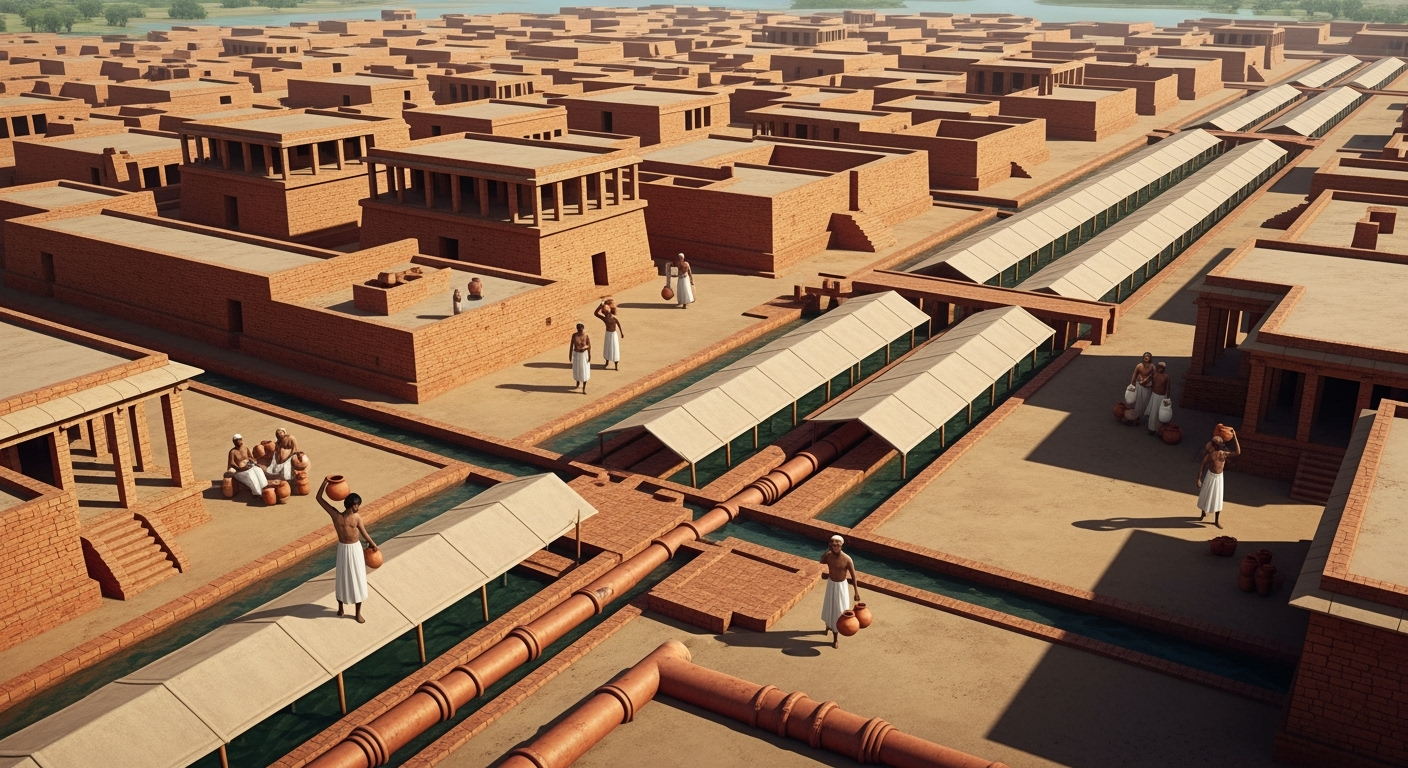
Lessons From Lost Cities
What unites these lost cities is not just their grandeur but their fragility. Each tells a story of human achievement—engineering wonders, artistic brilliance, social complexity—yet also of vulnerability. Natural disasters, environmental changes, shifting trade, and political strife all played roles in their decline.
Archaeology has brought these cities back into the light, offering a glimpse of worlds once thought gone forever. They remind us that civilizations rise and fall, but knowledge endures when we seek to uncover it.
Lost cities are not merely ruins. They are time capsules that connect the present to the past. Pompeii shows us the daily life of Romans, Machu Picchu the ingenuity of the Incas, Angkor the grandeur of the Khmer Empire, Petra the wealth of Nabataean traders, and Çatalhöyük the earliest steps toward urban living. Tikal and Mohenjo-Daro reveal the resilience and mysteries of great civilizations long forgotten.
These discoveries transform myths into history, reminding us that beneath layers of earth, sand, or jungle lie stories waiting to be told. The past is never truly lost—it only waits to be revealed.
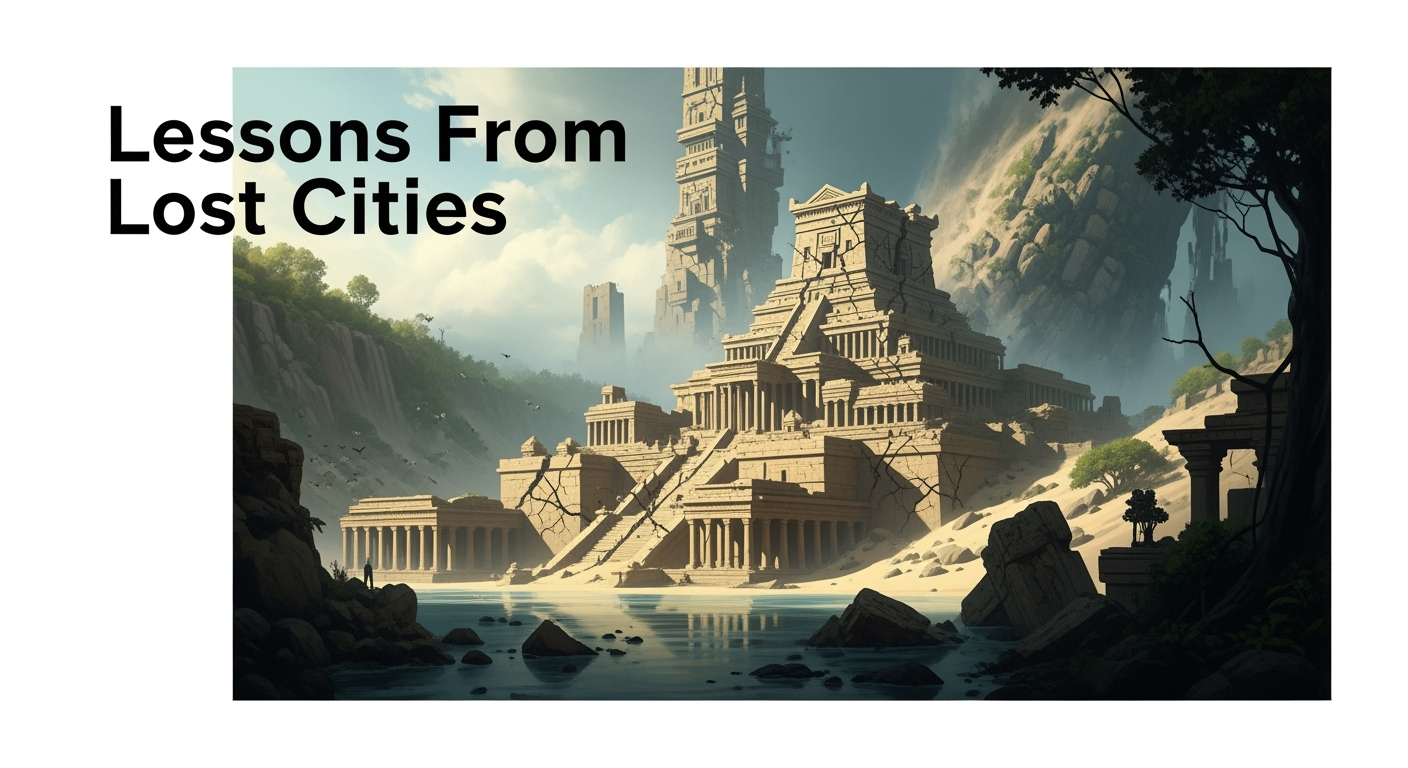
Disclaimer
This article is for educational and informational purposes only. While HistoryReveal.com strives for accuracy, historical interpretation may vary, and readers are encouraged to consult additional sources for deeper study.